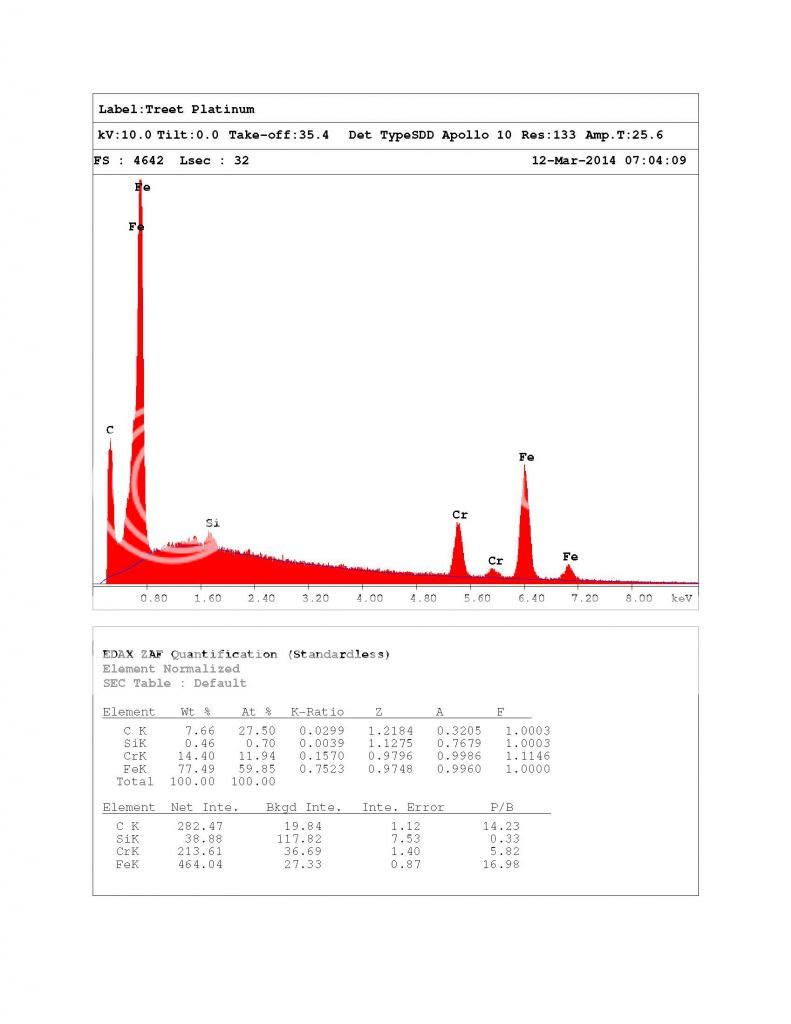I love this thread, but I have a question I hope someone will answer. How does one "read" an electron microscope image? How does the image impact sharpness, comfort, and shaver? Without this information, all we have here are lots of images.
Help, anyone?
Help, anyone?






